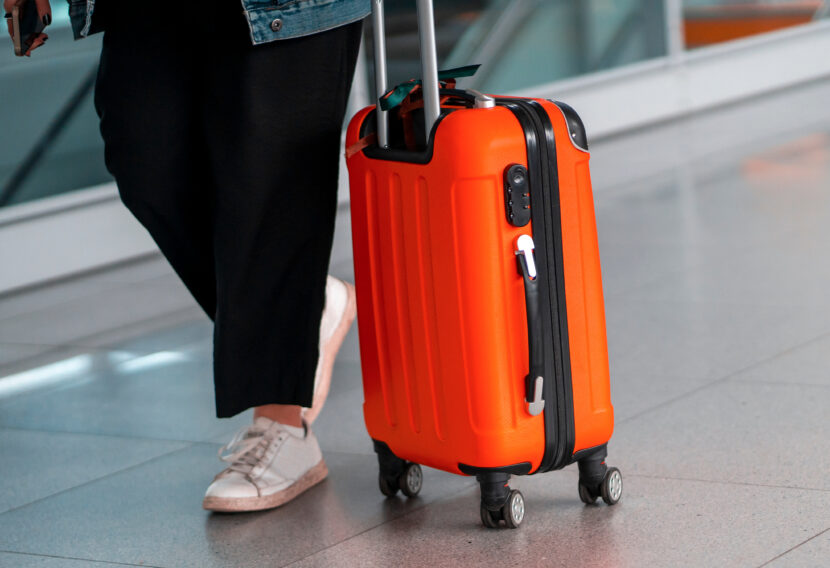TORONTO — International tourism is on the rise, says UN Tourism, with nearly 690 million tourists travelling internationally in the first half of 2025.
This marks about 33 million more tourists than in the same period of 2024, which UN Tourism Secretary-General Zurab Pololikashvili says is a testament to international tourism’s strong momentum and resilience in the face of global challenges.
“The first half of 2025 brough growing arrival numbers and revenues for most destinations around the world, which contribute to local economies, jobs and livelihoods. Yet, this also reminds us of our great responsibility to ensure this growth is sustainable and inclusive and to work with all local stakeholders in that sense.”
The Americas recorded 3% growth in January-June 2025, with mixed results across subregions. While South America (+14%) continued to see solid growth, Central America saw a 2% increase in arrivals while North America saw flat results (+0%), mostly due to small declines in the United States and Canada. The Caribbean (+0%) also saw weaker performance partly due to softening demand from its major source market, the United States. Europe, on the other hand, welcomed nearly 340 million international tourists this first half of 2025, about 4% more than in 2024.
According to IATA, both international air traffic and international air capacity grew 7% in January-June 2025 versus 2024. Global accommodation occupancy reached 69% in June 2025, slightly below 70% in June 2024, and 71% in July 2025, the same as in July 2024.
Economic and geopolitical risks remain
The September survey of the Panel of Tourism Experts and the UN Tourism Confidence Index identify high transport and accommodation costs as the top two challenges impacting international tourism this year.
Tourism inflation is forecast to ease from 8% in 2024 to 6.8% in 2025, still well above the pre-pandemic average of 3.1% and higher than global inflation rates (4.3%). According to the Panel, tourists will continue to seek value for money, but could also travel closer to home, make shorter trips or spend less, in response to higher prices.
Other risks include geopolitical tensions, lower consumer confidence, new trade tariffs and evolving travel requirements.
Outlook for remainder of 2025
The latest UN Tourism Confidence Index shows a slight uptick in confidence levels for the last four months of 2025. On a scale of 0 to 200 (where 100 indicates equal performance), Panel Experts gave the period between September-December 2025 a score of 120, up from 114 from May-August. Some 50% of experts expressed better (44%) or much better (6%) prospects for September-December, while 33% foresee similar performance than in 2024. Some 16^ expect tourism performance to be worse.
Despite global uncertainty, travel demand is expected to remain resilient throughout the remainder of the year. UN Tourism’s January projection of 3% to 5% growth in international arrivals for 2025 remains unchanged.

